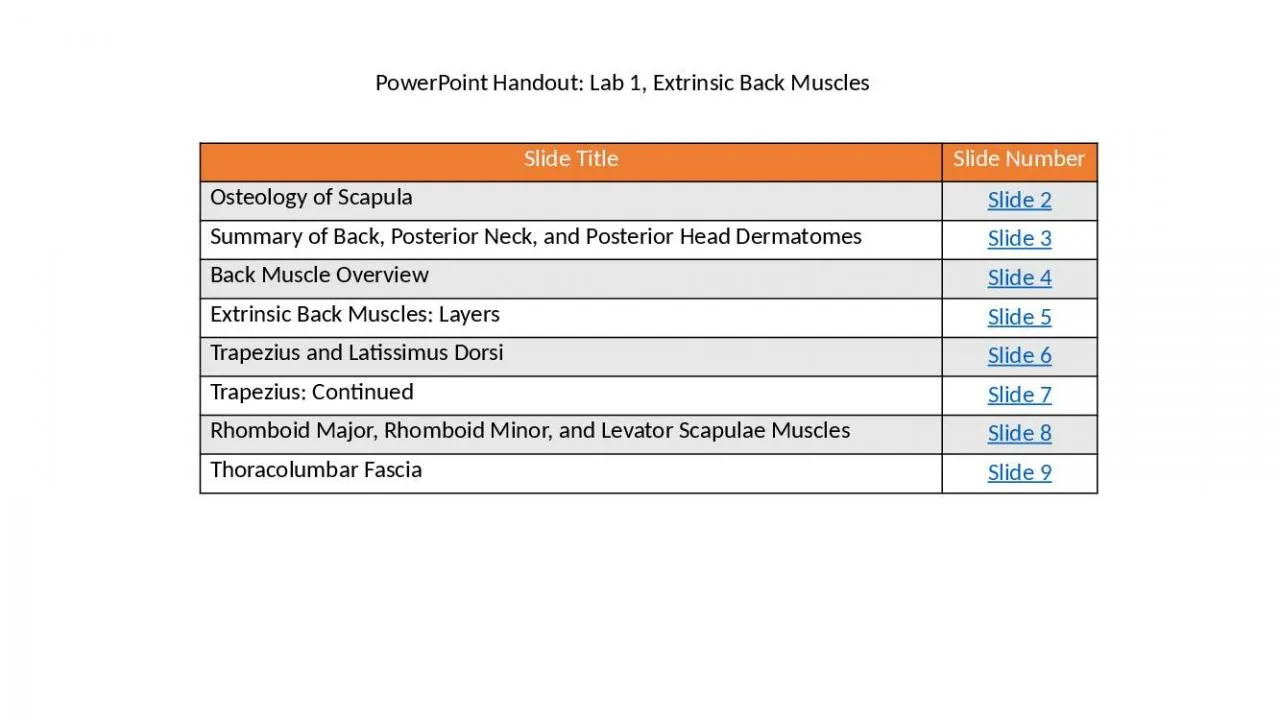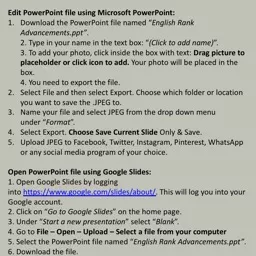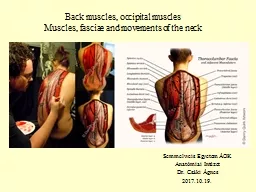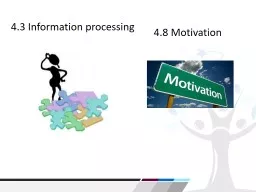PPT-PowerPoint Handout: Lab 1, Extrinsic Back Muscles
Author : brooke | Published Date : 2022-02-10
Slide Title Slide Number Osteology of Scapula Slide 2 Summary of Back Posterior Neck and Posterior Head Dermatomes Slide 3 Back Muscle Overview Slide4 Extrinsic
Presentation Embed Code
Download Presentation
Download Presentation The PPT/PDF document "PowerPoint Handout: Lab 1, Extrinsic Bac..." is the property of its rightful owner. Permission is granted to download and print the materials on this website for personal, non-commercial use only, and to display it on your personal computer provided you do not modify the materials and that you retain all copyright notices contained in the materials. By downloading content from our website, you accept the terms of this agreement.
PowerPoint Handout: Lab 1, Extrinsic Back Muscles: Transcript
Download Rules Of Document
"PowerPoint Handout: Lab 1, Extrinsic Back Muscles"The content belongs to its owner. You may download and print it for personal use, without modification, and keep all copyright notices. By downloading, you agree to these terms.
Related Documents














